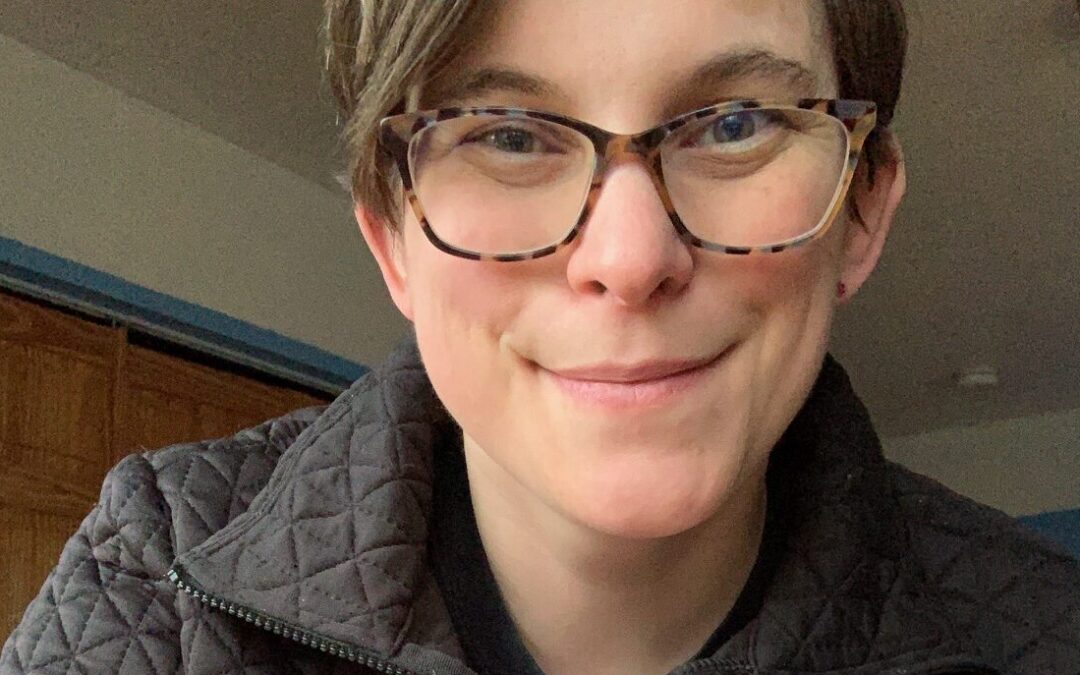
by Alexa Goodrich-Houska (she/they) | May 14, 2025 | Blog
Kellie Doherty is a proudly bisexual science‑fiction and fantasy word‑slinger hailing from Eagle River, Alaska—where the winters are long, the nights are bright, and the plot bunnies run wild. Her debut duology Finding Hekate and Losing Hold put queer space opera on...
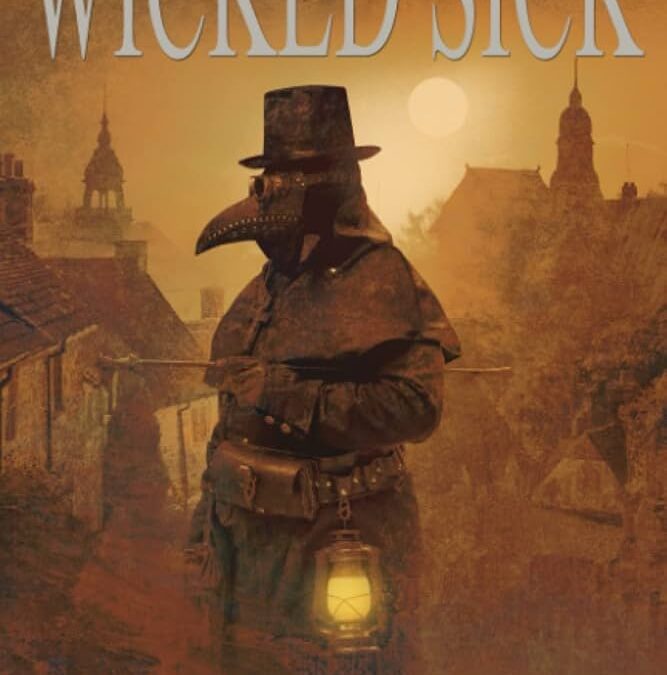
by Alexa Goodrich-Houska (she/they) | Dec 11, 2024 | Blog
Spoiler Free Review Have you ever wished as a younger person you had listened to that one good piece of advice form a parent or mentor? As we age, most of us will have to unfortunately deal with facing our own mortality as our parents age, and we become the...
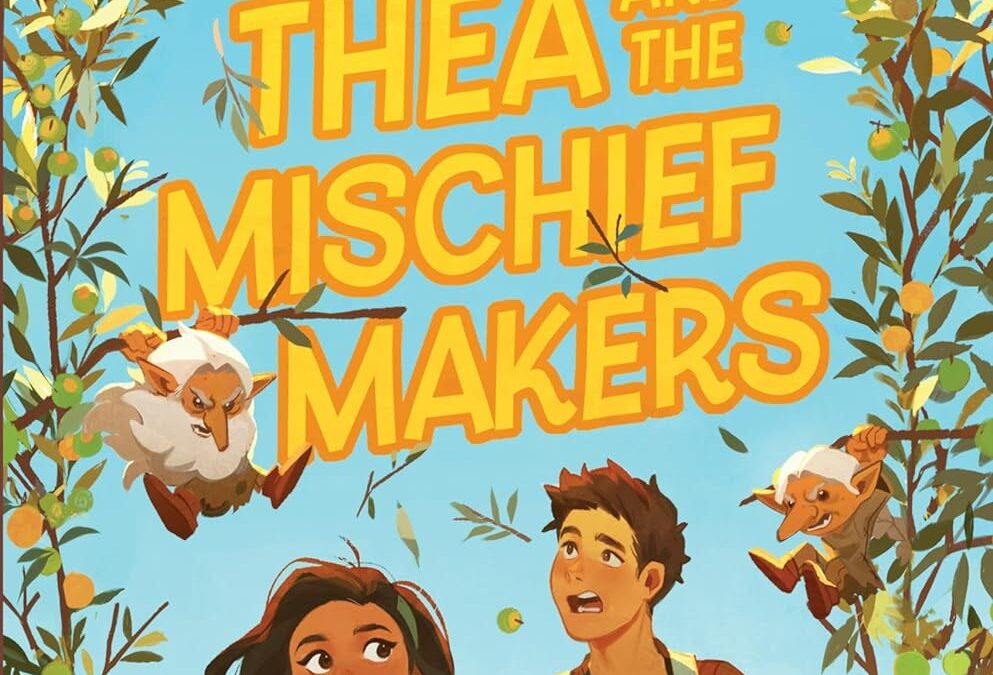
by Alexa Goodrich-Houska (she/they) | Nov 19, 2024 | Blog
In Thea and the Mischief Makers, Filipino American Thea Torres is finally living the dream—or at least, the middle school dream. She’s popular, athletic, and attending Junior Stunt Warrior Camp with her new, cool friends. The cherry on top? She’s known for her...
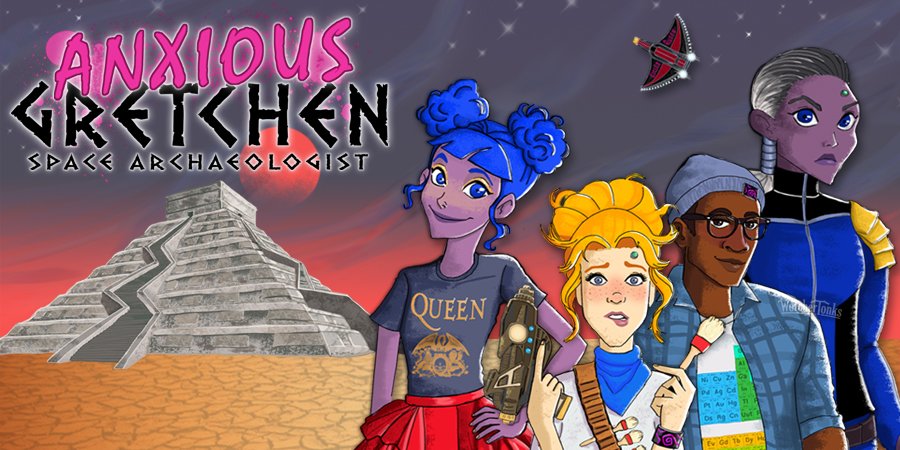
by Alexa Goodrich-Houska (she/they) | Oct 9, 2024 | Blog, Featured
Gretchen started her day as the TA for Introduction to Archeology, supervising her grumpy, hungover undergrads, who she is sure hate her, although maybe that’s her anxiety disorder, on a field visit to the former colony of Avalon in Newfoundland- but ends up...
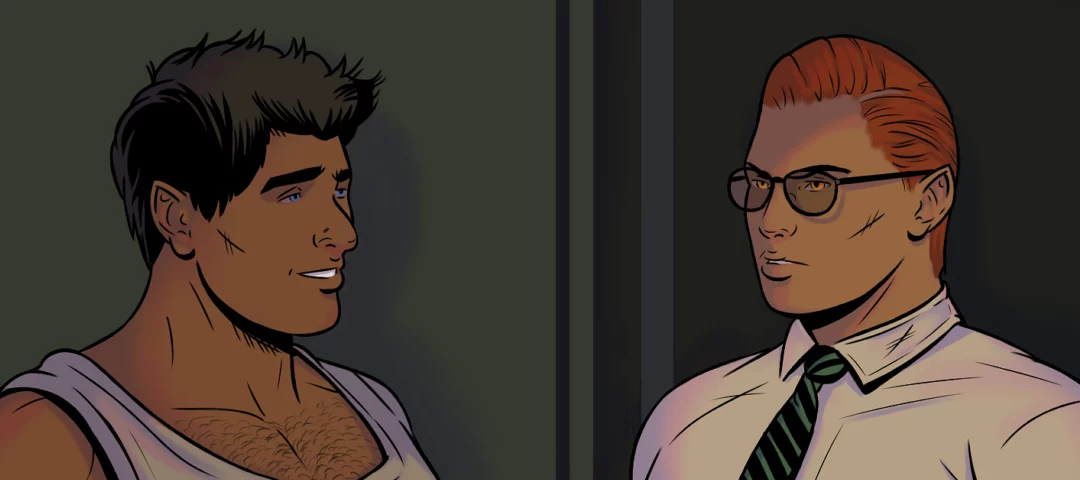
by Alexa Goodrich-Houska (she/they) | Aug 7, 2024 | Blog
Busy Geek Breakdown (TL;DR): “Iron Nail Afternoon” by LJ Phillips is a must-read fantasy webcomic set in a world filled with monsters and misfits. Follow Sed Stonehaven, the charismatic sheriff, along with his allies Rachel, a strategic witch, and Little...






